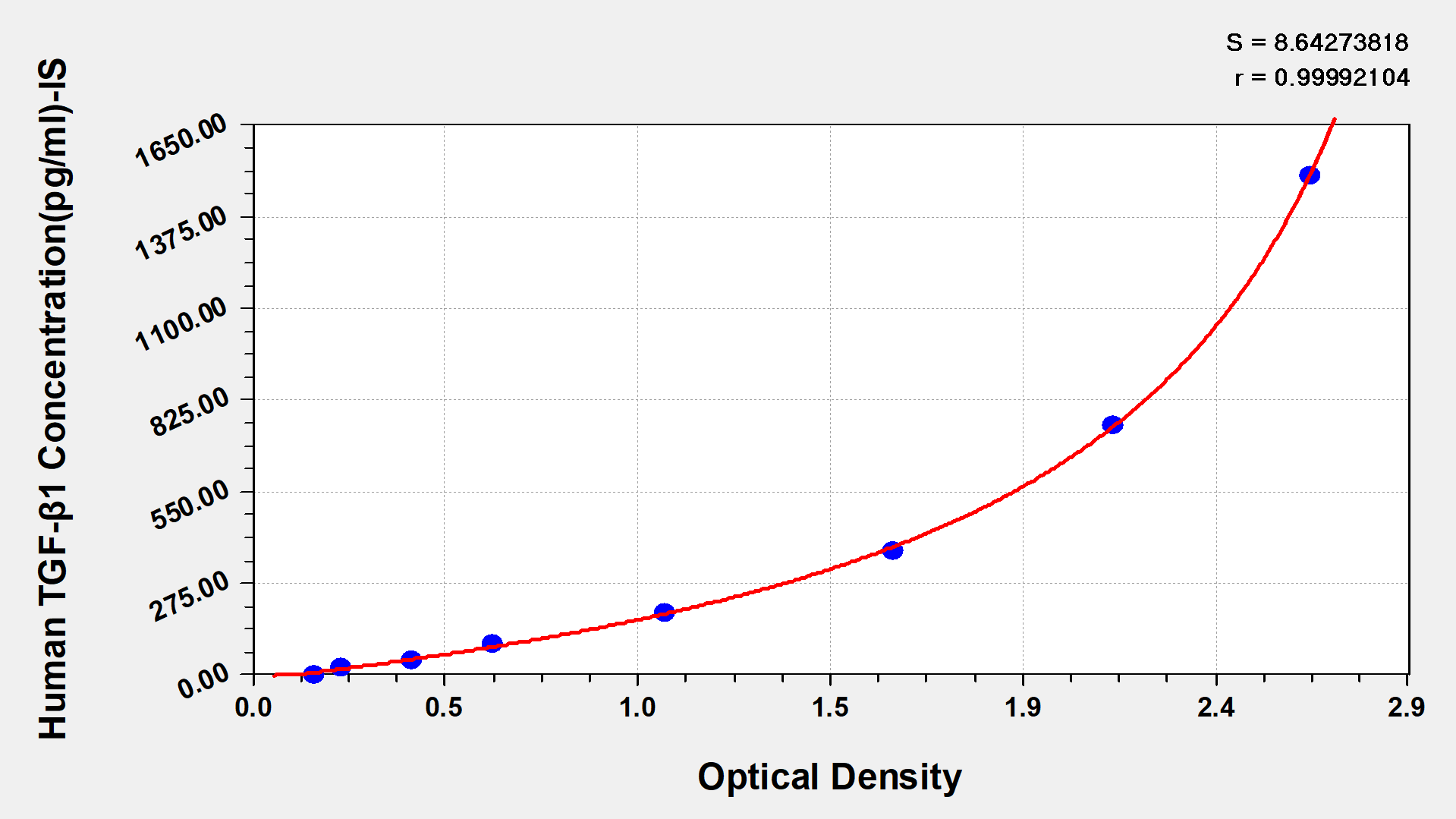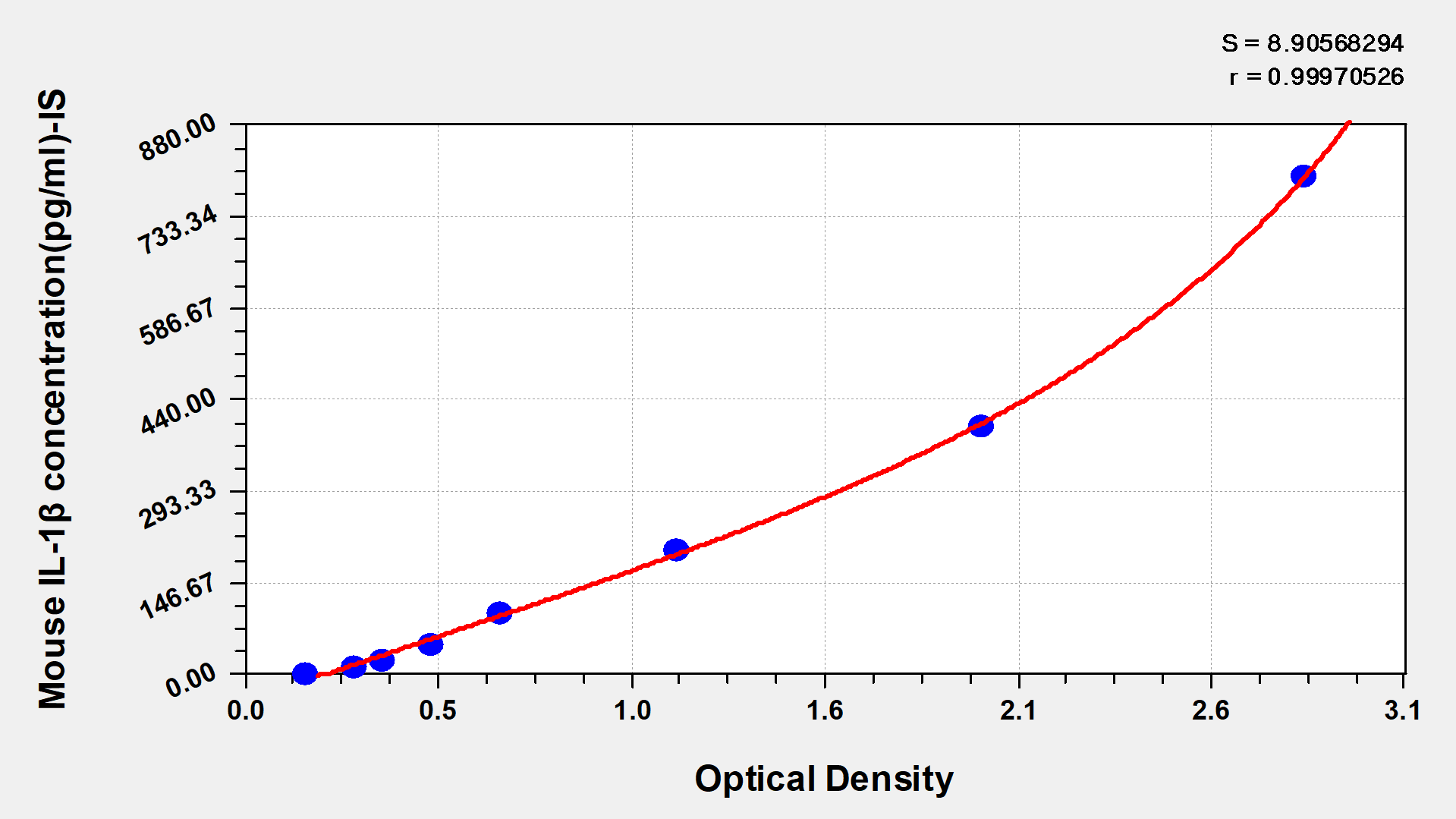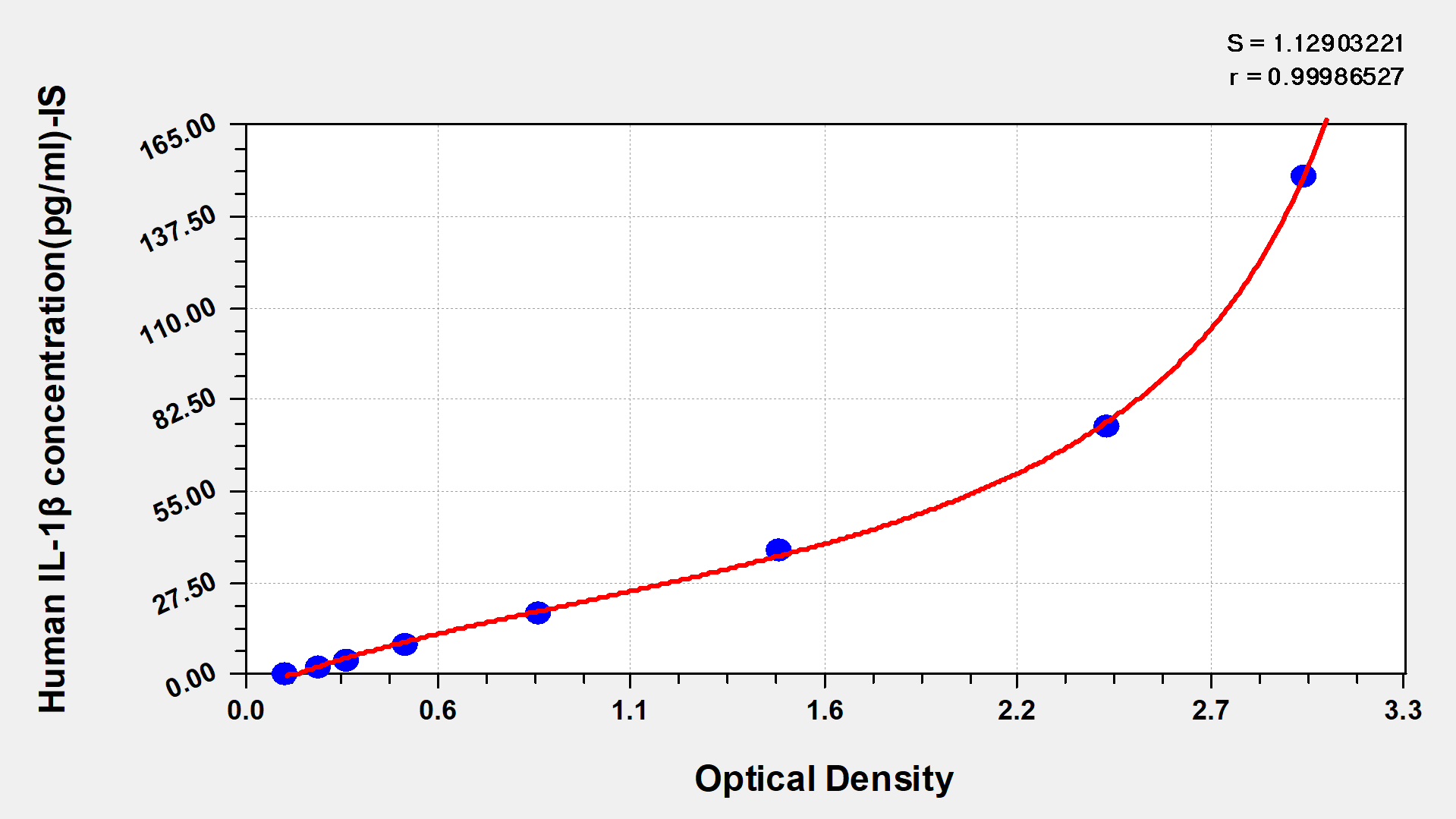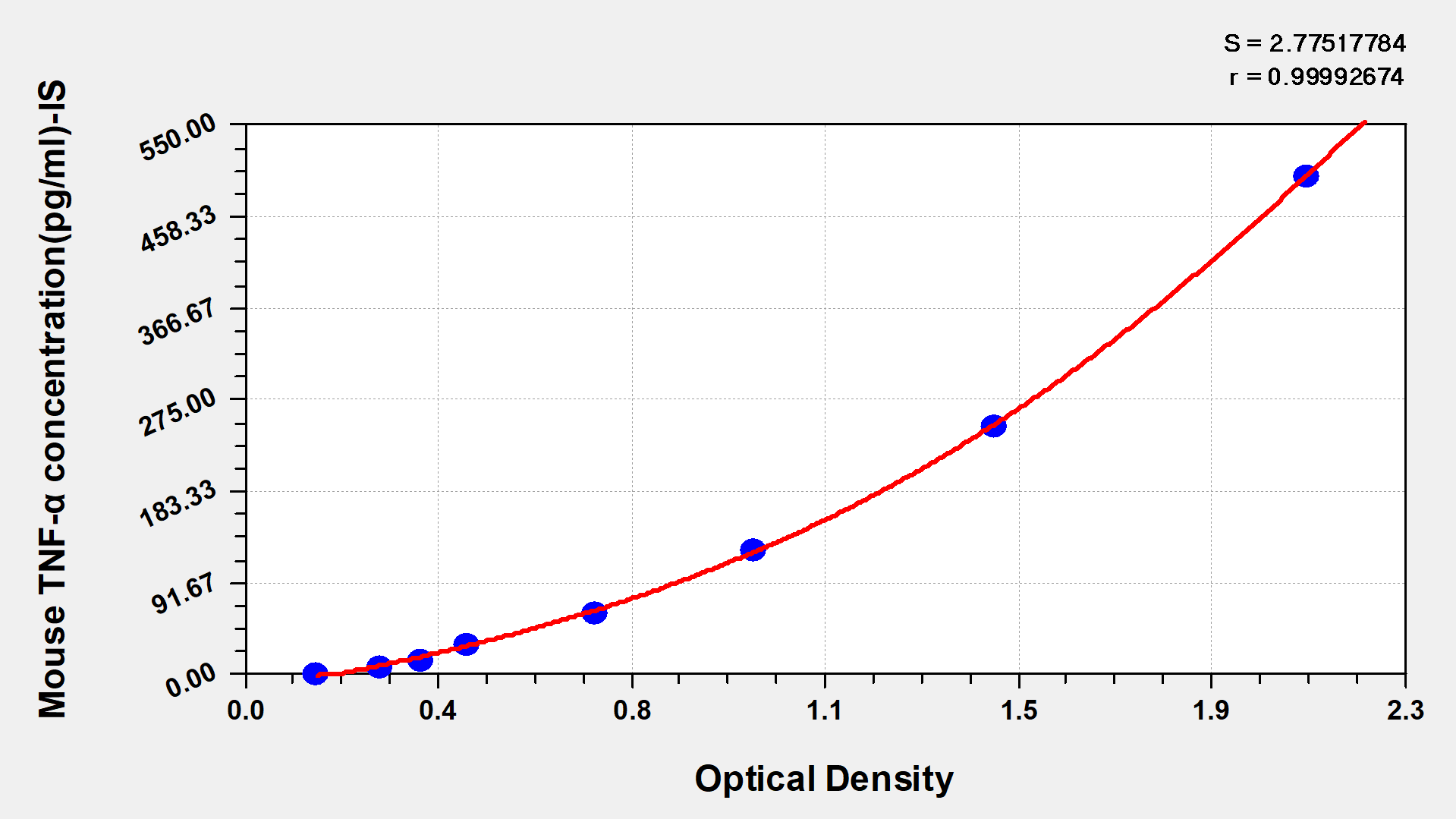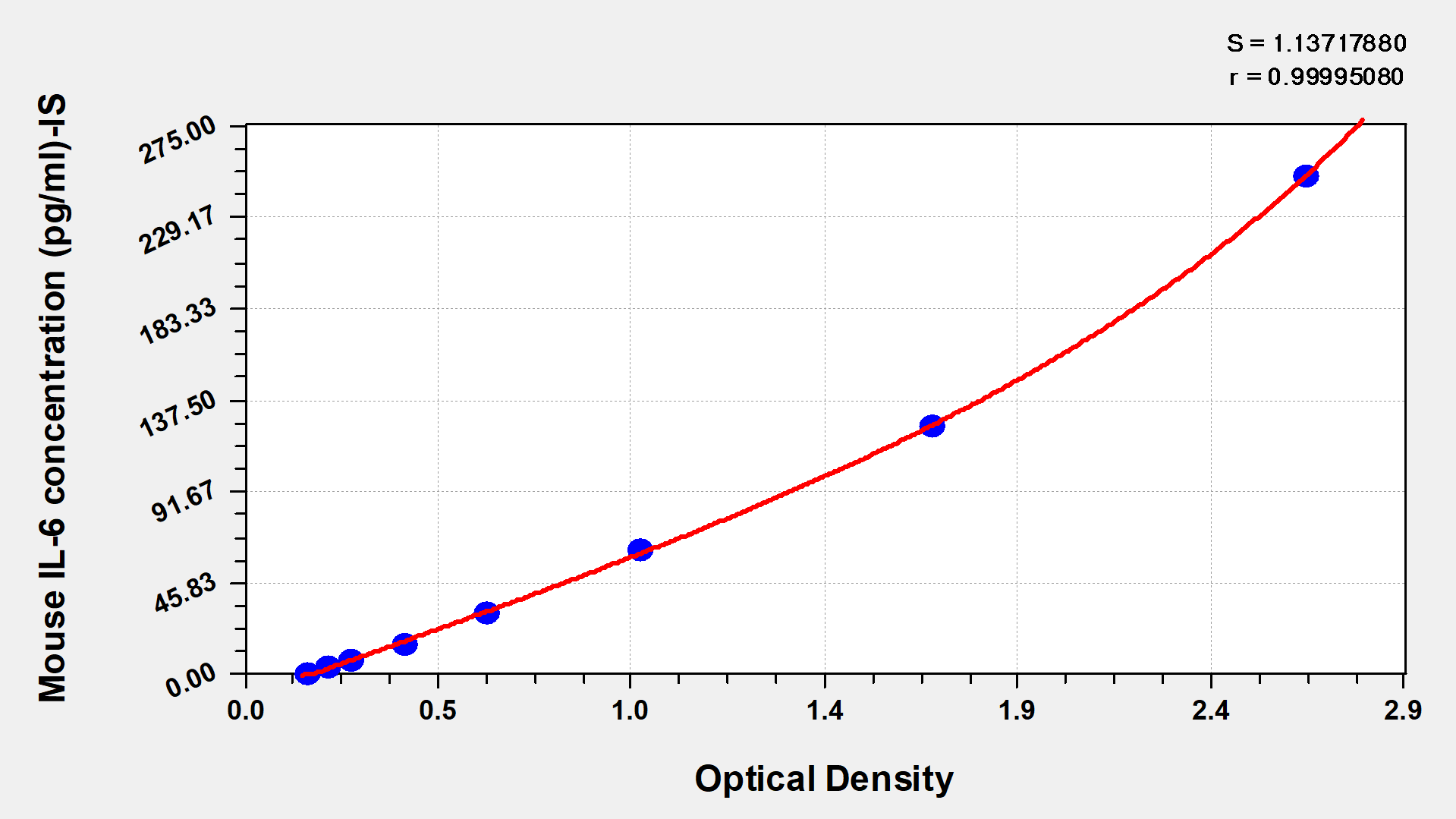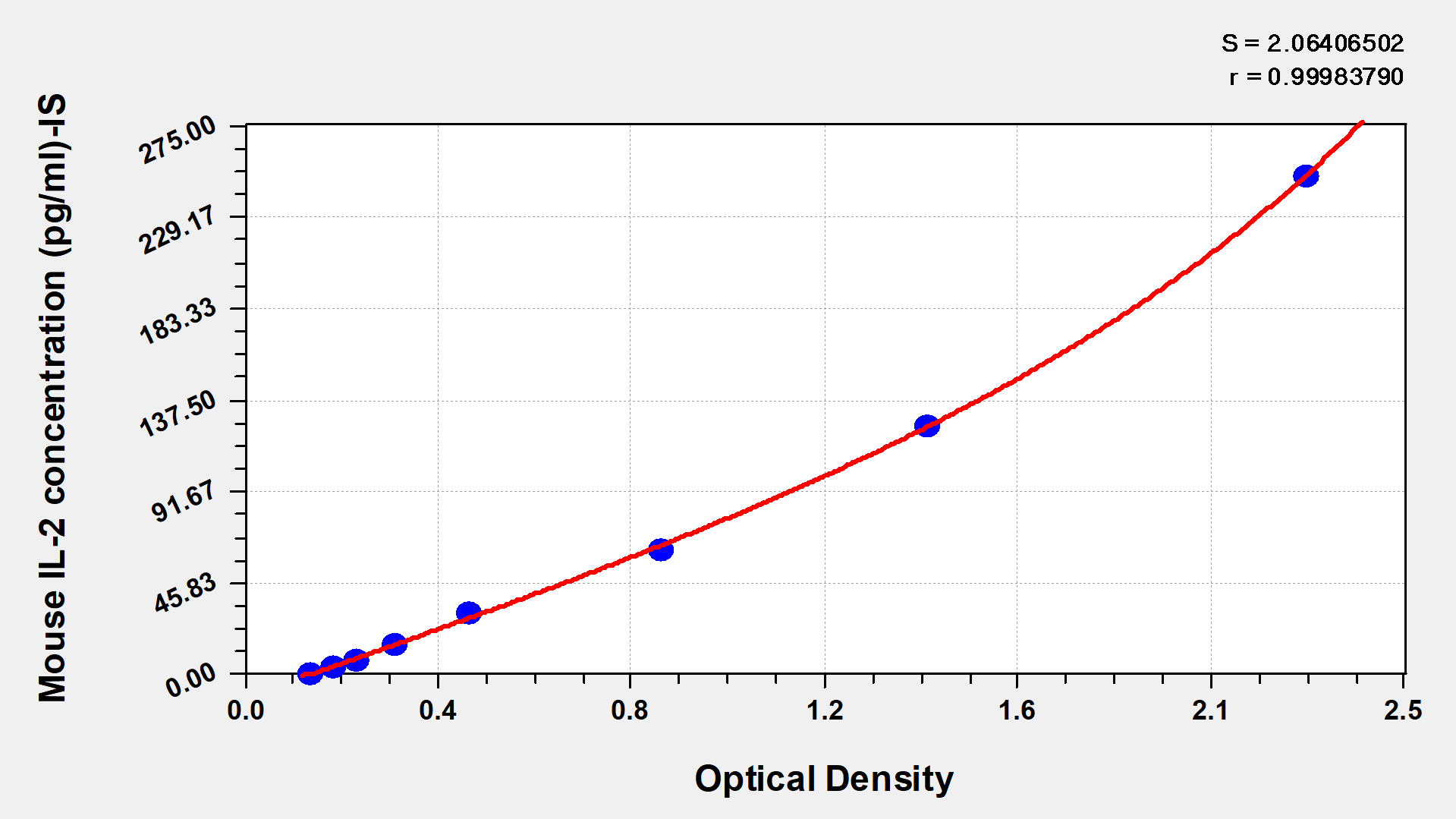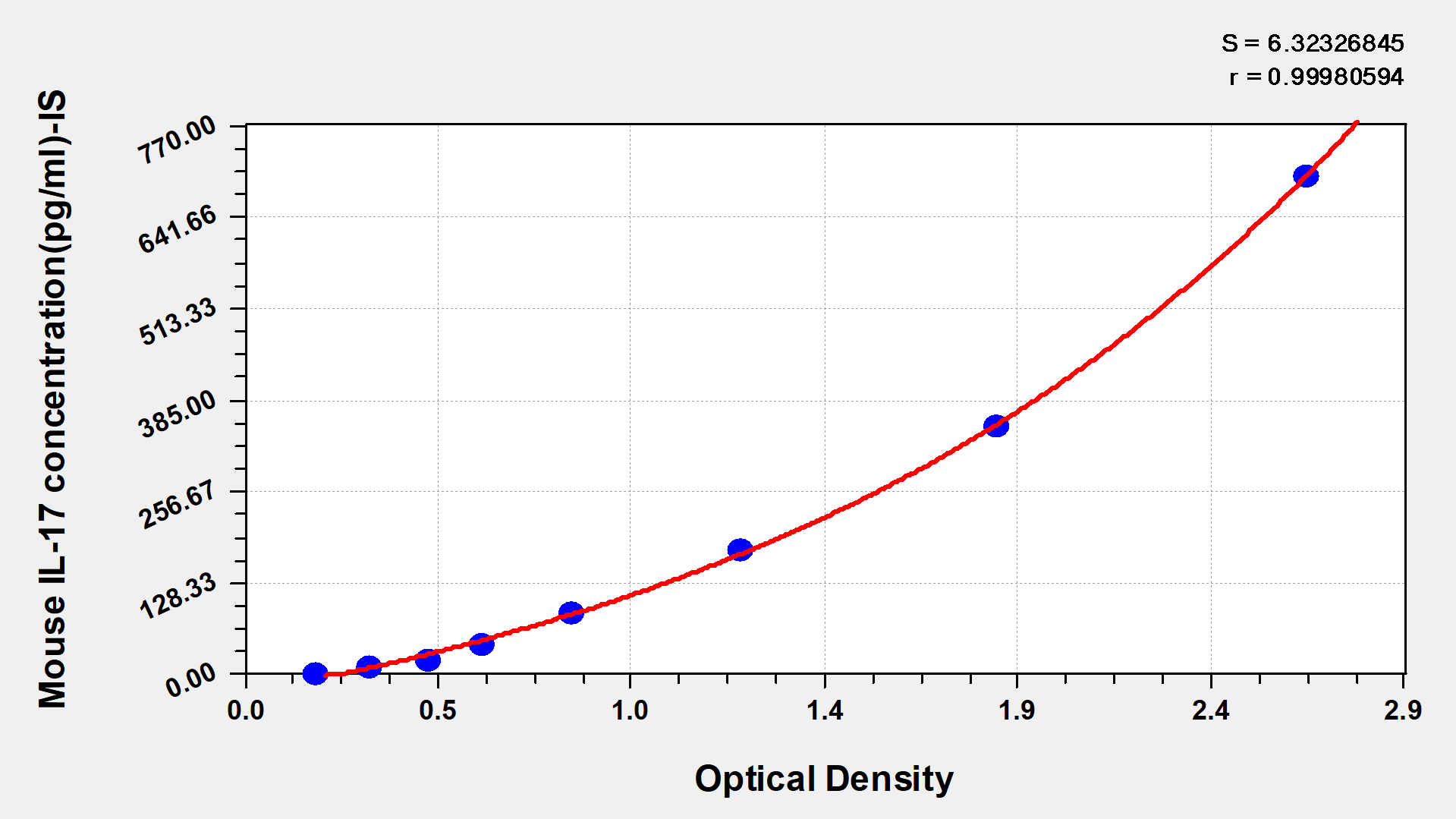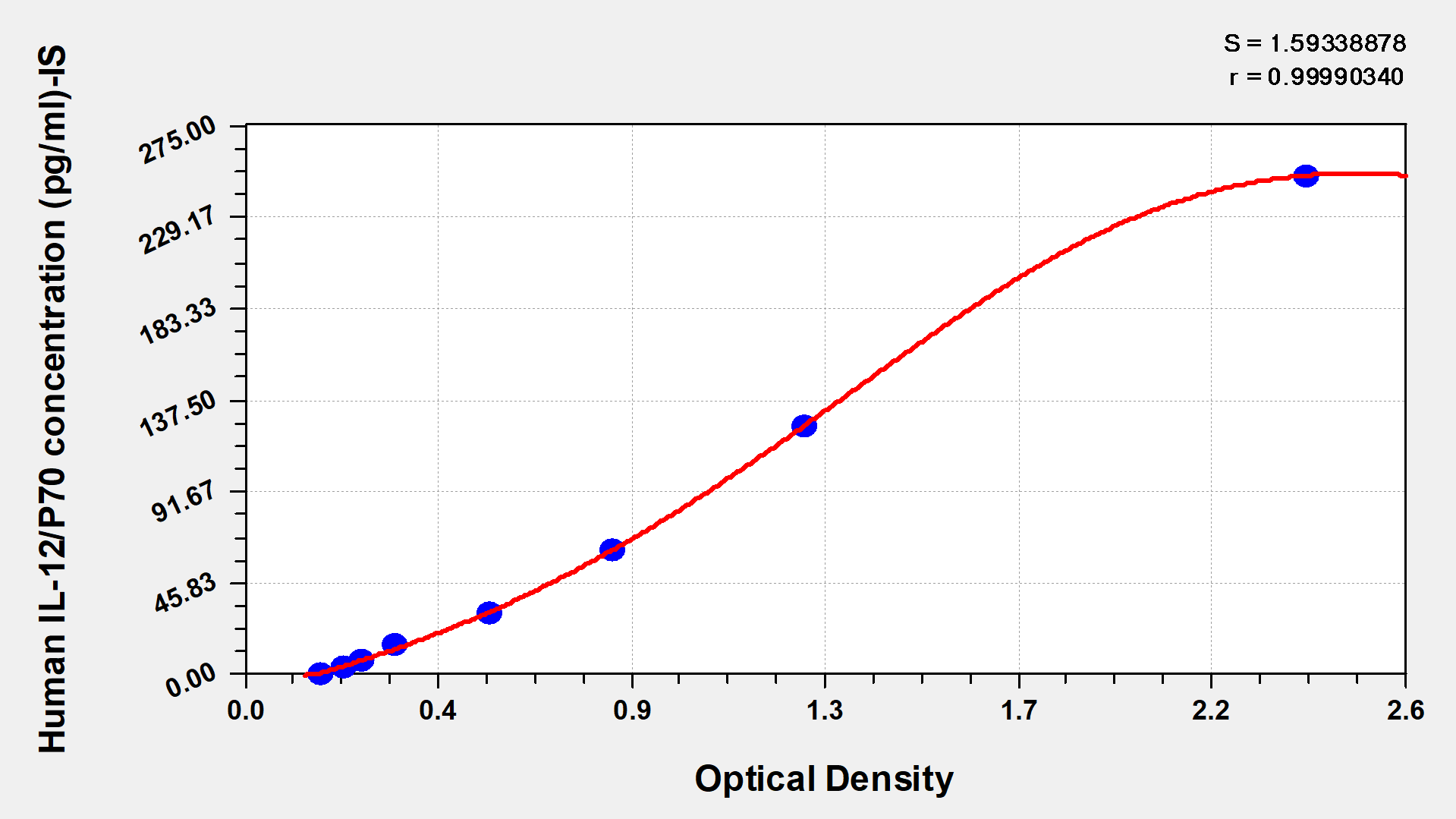-
中文名称:植物激素脱落酸(ABA)酶联免疫试剂盒
-
货号:CSB-E09159Pl
-
规格:96T/48T
-
价格:¥4200/¥3000
-
其他:
产品详情
-
产品描述:CUSABIO植物激素脱落酸(ABA)酶联免疫检测试剂盒(货号:CSB-E09159Pl),采用竞争性定量原理,可精准检测植物组织样本中ABA的含量,检测范围为0.156-10 μg/ml,适用于植物生理学及分子生物学领域的科研分析。脱落酸是植物体内关键的信号分子,广泛参与种子休眠、气孔调节、逆境响应(如干旱、盐胁迫)以及生长发育调控等过程。本试剂盒通过特异性抗体与样本中ABA结合,基于标准曲线定量目标物浓度,操作便捷且灵敏度高,可满足叶片、根系、种子等多种植物组织样本的检测需求。科研人员可通过该产品研究ABA在植物抗逆机制中的动态变化,解析其在果实成熟、器官脱落或环境适应中的调控作用,为农作物抗性改良及植物激素网络研究提供可靠数据支持。试剂盒仅用于科学研究,配套实验方案及标准品可确保实验结果的重复性与准确性。
-
缩写:ABA
-
种属:Plant
-
样本类型:plant tissues
-
检测范围:0.156 μg/ml-10 μg/ml.
-
灵敏度:0.04 μg/mL
-
反应时间:1-5h
-
样本体积:50-100ul
-
检测波长:450 nm
-
研究领域:Others
-
测定原理:quantitative
-
测定方法:Competitive
-
精密度:
Intra-assay Precision (Precision within an assay): CV%<10% Three samples of known concentration were tested twenty times on one plate to assess. Inter-assay Precision (Precision between assays): CV%<20% Three samples of known concentration were tested in twenty assays to assess. -
回收率:
The recovery of plant ABA spiked to levels throughout the range of the assay in various matrices was evaluated. Samples were diluted prior to assay as directed in the Sample Preparation section. Sample Type Average % Recovery Range Xylem saps from plants (n=5) 95 89-98 Crude extracts (n=5) 95 90-100 -
标准曲线:
These standard curves are provided for demonstration only. A standard curve should be generated for each set of samples assayed. 
μg/ml OD1 OD2 Average 10 0.124 0.126 0.125 5 0.213 0.228 0.221 2.5 0.357 0.361 0.359 1.25 0.498 0.506 0.502 0.625 0.686 0.701 0.694 0.312 1.244 1.268 1.256 0.156 1.510 1.534 1.522 0 2.241 2.297 2.269 -
数据处理:
-
货期:3-5 working days
引用文献
- Disruption of Poly (ADP-ribosyl) ation Improves Plant Tolerance to Methyl Viologen-Mediated Oxidative Stress via Induction of ROS Scavenging Enzymes NO Kalinina, N Spechenkova, I Ilina,International Journal of Molecular Sciences,2024
- Application of Synephrine to Grape Increases Anthocyanin via Production of Hydrogen Peroxide, Not Phytohormones M Suzuki,/,2024
- Yield improvement with antitranspirant application in droughted wheat associated with both reduced transpiration and reduced abscisic acid W Mphande,/,/
- Physiological and metabolomic responses of the ethylene insensitive squash mutant etr2b to drought J Iglesias-Moya,Plant science,2023
- Does the Grafting Affect Grapevine Rootstock Behavior Under Drought? G De Lorenzis,SSRN,2023
- Metabolic and film antitranspirants both reduce drought damage to wheat yield despite having contrasting effects on leaf ABA W Mphande,Journal of Agronomy and Crop Science,2023
- Ethylene-Insensitive Mutation Etr2b Confers Drought Tolerance in Squash by Promoting the Accumulation of Osmoprotectant and Antioxidant Metabolites M Jamilena,/,2023
- Physiological and Transcriptomic Evaluation of Drought Effect on Own-Rooted and Grafted Grapevine Rootstock (1103P and 101-14MGt) D Bianchi,Plants,2023
- The ethylene receptor mutation etr2b reveals crosstalk between ethylene and ABA in the control of Cucurbita pepo germination J Iglesias,Physiologia plantarum,2023
- Effects of antibiotics stress on root development, seedling growth, antioxidant status and abscisic acid level in wheat (Triticum aestivum L.) L Li,Ecotoxicology and environmental safety,2023
- Overexpression of a C3HC4-type RING E3 ligase gene, OsRFPHC-13, improves salinity resistance in rice, Oryza sativa, by altering the expression of Na+/K+ transporter genes JH Kim,Environmental and Experimental Botany,2023
- Metabolism of crown tissue is crucial for drought tolerance and recovery after stress cessation in Lolium/Festuca forage grasses D Perlikowski,Journal of Experimental Botany,2022
- Efficient Total Synthesis and Herbicidal Activity of 3-Acyltetramic Acids: Endogenous Abscisic Acid Synthesis Regulators X Liu,Journal of Agricultural and Food Chemistry,2022
- Pre- and Post-Harvest Conditions Affect Polyphenol Content in Strawberry (Fragaria × ananassa) R Koyama,Plants,2022
- Scavenging of nitric oxide up-regulates photosynthesis under drought in Festuca arundinacea and F. glaucescens but reduces their drought tolerance D Perlikowski,Scientific reports,2022
- Transcriptional reprogramming of the bud-mutation loquat YongLu emerging freezing resistant F Chen,Research Square,2020
- Yield improvement by antitranspirant application in droughted wheat is associated with reduced endogenous abscisic acid concentration W Mphande,Agricultural Water Management,2020
- Early events leading to water deficit responses in the liverwort Marchantia polymorpha D Godinez-Vidal,Environmental and Experimental Botany,2020
- Seasonal variations of epiphytic flora, abscisic acid production and physiological response in the brown alga Cystoseira foeniculacea (Linnaeus) Greville A KOZAK,Cah. Biol,2020
- Adjustment of photosynthetic activity to drought and fluctuating light in wheat M Grieco,Plant Cell Environ,2020
- Physiological and anatomical changes in tomato roots in response to low water stress LH Hernandez-Espinoza,Scientia Horticulturae,2020
- Efficient root metabolism improves drought resistance of Festuca arundinacea Perlikowski D, et al,Plant and Cell Physiology,2019
- An aquaporin gene MaPIP2-7 is involved in tolerance to drought, cold and salt stresses in transgenic banana (Musa acuminata L.) Xu Y, et al,Plant Physiology and Biochemistry,2019
- Structural and metabolic alterations in root systems under limited water conditions in forage grasses of Lolium-Festuca complex PerlikowskiDawid, et al,Plant science,2019
- The arginine decarboxylase gene ADC1, associated to the putrescine pathway, plays an important role in potato cold-acclimated freezing tolerance as revealed by transcriptome and metabolome analyses Kou S.et al,plant journal,2018
- Film antitranspirant application to enhance spring drought tolerance of oilseed rape (Brassica napus L.) Michele Faralli .et al,/,2018
- Comparative transcriptome analysis reveals an early gene expression profile that contributes to cold resistance in Hevea brasiliensis (the Para rubber tree) Cheng H.et al,Tree Physiol,2018
- Wilted cucumber plants infected by Fusarium oxysporum f. sp. cucumerinum do not suffer from water shortage Yuming Sun.et al,Annals of Botany,2017
- Canopy application of polymers over the reproductive phase enhances yield components and yield-related physiological traits of water stressed oilseed rape Michele Faralli.et al,Crop and Pasture Science,2016
- Rhizobacterial Strain Bacillus megaterium BOFC15 Induces Cellular Polyamine Changes that Improve Plant Growth and Drought Resistance. Zhou C.et al,Int J Mol Sci.,2016
- Overexpression of Rosa rugosa anthocyanidin reductase enhances tobacco tolerance to abiotic stress through increased ROS scavenging and modulation of ABA signaling. Luo P. et al,Plant Sci,2016
- Abscisic Acid and Gibberellin Control Seed Germination Through Negative Feedback Regulation By MOTHER OF FT AND TFL1 XI WANYAN ,Ph.D. Thesis,2010
- FTO-dependent function of N6-methyladenosine is involved in the hepatoprotective effects of betaine on adolescent mice Chen J. et al,J Physiol Biochem,2015
相关问答
When the samples are ground, does it matter how quickly they are processed – I have hundreds of samples and I think I will have to grind at least 96/per kit before processing a set. Is the time taken after grinding before processing further limited, just in case the sample changes its chemical composition?
My samples are wheat leaves grown under drought conditions. Some of them are small collections and I am concerned they may not reach 0.5 g as stated in the protocol. If say the sample is less than 05.g, e.g. 0.4g, does that mean I will need to use 3.6 ml of the extraction buffer, since 0.5 g to 4.5 ml is 1: 9 in ratio terms.
It is recommended to grind the sample well and then process further on testing soon.
As you mentioned that you need to prepare large QTY sample, here advice you to store the first prepared sample at 2-8 ℃。 Pls kindly note this just can be stored for one day.
If you do not make the experiment at the same time, really advice you to prepare the sample partially according to your test request.
You can check your experiment schedule and control the time for this.
In theory, the sample volume can be adapted. Generally it is recommended to take 0.5g to prepare the sample. If it is too less, the sample will not be detected.
And dear, if your sample is really not abundant, here are 2 advice: first is that pls try to collect more sample, second is that change the sample based on the ratio terms 1:9.
The freshly stored wheat leaf samples at -80 degrees Celsius will need to be freeze-dried – please state for how this needs to be. In addition, how is the grinding performed? What tools are used?
Yes, the freshly stored wheat leaf samples at -80 degrees Celsius will need to be freeze-dried. You already keep them at -80 degrees Celsius, the samples are through the freeze-dried process indeed.
When do make the test, pls take 0.5g out and use the mortar usually used in lab to grind the freeze-dried samples.
And then check the detailed steps"Crude extracts " according to the manual to arrange the preliminary experiment.
靶点详情
-
最新研究进展:植物激素脱落酸(Abscisic Acid,ABA)是一种重要的植物激素,具有调节植物生长发育、应对环境胁迫等多种生理作用。近年来,对ABA的研究逐渐深入,以下是最新的研究进展:ABA在植物抗旱适应中的作用机制得到了深入研究。研究发现,ABA能够调节植物根系的生长和分布,使根系更深入土壤中寻找水源。同时,ABA还能够促进植物蒸腾作用的减缓,从而减少水分流失。ABA的代谢和信号转导途径研究取得了新进展。研究人员已经发现多种ABA受体,并且探索了它们与ABA的结合机制。同时,ABA代谢途径中的关键酶类的作用机制也得到了更深入的研究。ABA在植物与环境互动中的作用机制也被深入探究。例如,研究发现ABA能够调节植物对盐碱胁迫的响应,同时还可以通过调节植物光合作用等途径来增加植物对环境的适应能力。ABA的应用研究也取得了一定进展。ABA已经被广泛用于植物生长调节剂和抗旱剂等领域,例如在提高作物耐旱性、改善果实品质等方面都有着广泛的应用前景。
Most popular with customers
-
Human Transforming Growth factor β1,TGF-β1 ELISA kit
Detect Range: 23.5 pg/ml-1500 pg/ml
Sensitivity: 5.8 pg/ml
-
-
-
Mouse Tumor necrosis factor α,TNF-α ELISA Kit
Detect Range: 7.8 pg/ml-500 pg/ml
Sensitivity: 1.95 pg/ml
-
-
-
-



